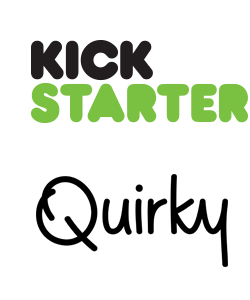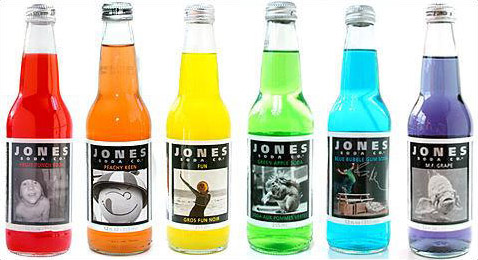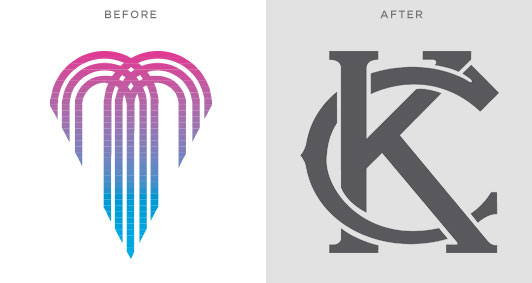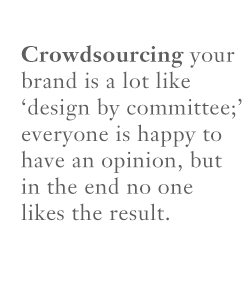It seems that everyone is “crowdsourcing” these days. Online polling, fundraising, and even news reporting are being achieved through the use of social media and the web. Anybody can post their thoughts, opinions, and ideas about anything and everything. The newest frontier in crowdsourcing is branding, by allowing anyone to use your brand in whatever way they see fit—but is this really a good idea?
 While crowdsourcing might be good for financing a new product or idea (think KickStarter), or gauging interest in a new invention (Quirky), it is questionable as to whether this technique is effective in branding. Some brands have been successfully doing this for years: Jones Soda Co. allows users to upload their own images and then uses them on actual bottle labels. In addition to uploading images, users can even customize and create their own soda’s flavor and label. The reason that crowdsourcing has worked in this example is because it corresponds to the personality of the brand and the people who drink it: they are unique, quirky, and individualistic.
While crowdsourcing might be good for financing a new product or idea (think KickStarter), or gauging interest in a new invention (Quirky), it is questionable as to whether this technique is effective in branding. Some brands have been successfully doing this for years: Jones Soda Co. allows users to upload their own images and then uses them on actual bottle labels. In addition to uploading images, users can even customize and create their own soda’s flavor and label. The reason that crowdsourcing has worked in this example is because it corresponds to the personality of the brand and the people who drink it: they are unique, quirky, and individualistic.

 Ironically, the old Kansas City, Mo. ‘fountain’ logo was originally conceived through a design contest (the “original” form of crowd-sourcing). Patrice Jobe of EAT Advertising & Design convinced city officials to close the contest and then developed the consistent, memorable mark that has persisted for over 20 years.
Ironically, the old Kansas City, Mo. ‘fountain’ logo was originally conceived through a design contest (the “original” form of crowd-sourcing). Patrice Jobe of EAT Advertising & Design convinced city officials to close the contest and then developed the consistent, memorable mark that has persisted for over 20 years.
 Brands require consistency; with one person, or one agency or firm, who is responsible for creating positive customer perceptions. Good brands must have standards and guidelines that show appropriate uses of the logo, how and where it may be used, and within what color palettes. In other words, brands need constraints in order to be effective. Many companies have a “brand czar,” who ensures that the brand is used properly, and in applications that are positive reflections of the product, service, or organizations.
A brand is often the personality of a company or product’s founders, employees, or customers. Audience considerations, business objectives, and shareholder value all must be taken into account when developing a brand. Crowdsourcing often dilutes the perception of the brand—if everyone has the ability to communicate their own version of the company, product, or organization brand, then its story will lose meaning and relevance. In this case, the result is that nobody can tell what the company stands for. This is much like design by committee—in the end, everyone is happy to have their say, but no one likes the results!
By: Ryan Hembree, Principal | Brand & Creative Strategy
Brands require consistency; with one person, or one agency or firm, who is responsible for creating positive customer perceptions. Good brands must have standards and guidelines that show appropriate uses of the logo, how and where it may be used, and within what color palettes. In other words, brands need constraints in order to be effective. Many companies have a “brand czar,” who ensures that the brand is used properly, and in applications that are positive reflections of the product, service, or organizations.
A brand is often the personality of a company or product’s founders, employees, or customers. Audience considerations, business objectives, and shareholder value all must be taken into account when developing a brand. Crowdsourcing often dilutes the perception of the brand—if everyone has the ability to communicate their own version of the company, product, or organization brand, then its story will lose meaning and relevance. In this case, the result is that nobody can tell what the company stands for. This is much like design by committee—in the end, everyone is happy to have their say, but no one likes the results!
By: Ryan Hembree, Principal | Brand & Creative Strategy